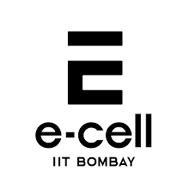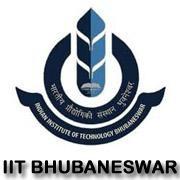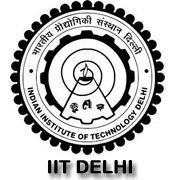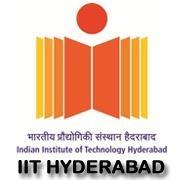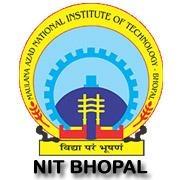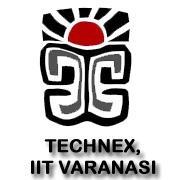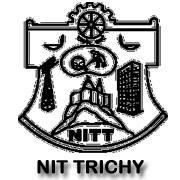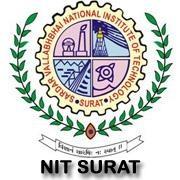Embedded & Robotics | Advanced Fast Track Summer Training on Embedded & Robotics
Innovians Technologies presents Embedded System & Robotics with Embedded ‘C’ using Arduino AVR microcontrollers. AVR microcontrollers are useful for many applications. A microcontroller is essentially a tiny computer and can be programmed to do many things. Input and output are handled through the numerous pins on the microcontroller. It is possible to hook up sensors, switches, lights, motors, and many other items to the pins, which allow it a great range of uses. Thus, AVR microcontrollers are often used for prototyping and robotics projects.
"Lets Learn Embedded System & Robotics with Arduino"
Topics To Be Covered
- Basics of Electronics
- Practical understanding of all major electronic Component.
- Working with Resistance, Diode, capacitor, LED, ZENER, Transistor, Basic ICs
- Introduction to Sensors
- What is Sensor?
- Various Basic Industrial Sensors-IR- Analog Sensor
- IR Digital Sensor
- Color IR_TSOP Sensor
- Light Sensor
- Sound Sensor
- DTMF Module
- Selection of Sensor
- Basic working Technique of Sensor
- Application of Sensor
- How to Interface Sensor
- How to Design Analog/Digital Sensors
- Introduction about Actuators
- Introduction about Circuit Building
- Analysing Circuit Diagram
- Circuit Building & Testing on Breadboard.
- Project 1: Automatic Water Tank Alert
- Project 2: Fire Alarm Project
- Introduction to Computational Devices
- What is Computational Device?
- Transistor
- Logic Gates
- Microprocessor
- Microcontroller
- Difference B/W Various Computational Devices
- Application of various Computational Devices
- Selection of Computational Device
- How to use Various Computation Device?
- Work on AVR Family with Mega Series (ATmega328P)
- Embedded System design
- Introduction to micro controller
- What is a micro controller? What’s inside it?
- What makes it an embedded system?
- What are the different families of microcontroller, its derivatives and its applications in industrial projects?
- Why AVR is the most widely used micro controller family?
- Introduction about Arduino
- Starting with embedded systems
- AVR Microcontroller Programming
- Arduino jargon and terms
- Arduino Basics
- Arduino Architecture
- Arduino board layout. What are the resources available
- Programming fundamentals ( C language )
- Project 3: Simple LED Program
- Project 4: LED Blinking
- Project 5: RGB Interfacing & Traffic Light Control
- Project 6: IR Sensor, DC Motor Interfacing & Automated Door Opening System
- Project 7: Controlling Direction of Motor (Forward, Reverse )
- Project 8: LCD Interfacing
- Project 9: Interfacing Bluetooth Module
- Project 10: Control Electronics Devices using Android Smartphone & Arduino
- Project 11: Voice Controlled Home Automation System.
- Project 12: Gesture Controlled Home Automation.
- Project 13: Creating own Android App for Home Automation
- Project 14: Interfacing 7 Segment Display
- Project 15: Interfacing Keypad with Arduino
- Project 16: Interfacing Analog Sensor
- Project 17: Interfacing Temperature & Humidity Sensor
- Introduction about Robotics
- History of Robotics
- Why Robotics
- How Robotics works
- Application of Robotics
- Current Industrial Robotics
- Future of Robotics
- Anatomy of Robotics
- What are Basic Modules?
- Why Need of Basic Modules
- Working Approach on Robotics
- Robot Assembling
- Robot 1: Line Follower Robot
- Robot 2: Obstacle Avoider Robot
- Robot 3: Android App Based Controlled Robot over Bluetooth
- Robot 4: Voice Controlled Robot
- Robot 5: Gesture Controlled Robot using Android Smartphone
- Robot 6: Edge Avoider Robot
- Robot 7: Wall Follower Robot
- Robot 8: Sound Operated Robot
- Robot 9: Designing Own Android App for controlling Robot
Eligibility For Applying : Any college can opt for this program. Students/Faculties from B.E./B.Tech/M.Tech/M.E./MCA/BCA. with the above mentioned academic requirements are preferable. We are looking for Engineering College of National repute to host our Summer Training Program at their college campus. If You wish to associate with us and want to make your college a center, Please read the request guidelines and process it accordingly:
- Engineering College/Institution should have a seminar room/lecture hall of seating capacity of (Minimum capacity of 30 seats.)
- A good Quality LCD Projector enough to maintain comfort ability.
- Public Addressing System (1 Cordless MICs.)
- Power backup and 220V AC power Points.
- Hospitality for our visiting delegation during summer training.
- Wifi Connectivity for participants & trainer.
- A minimum of 30 students will be required to participate in Summer Training Program.
Certification:
- All courses under Summer Training Program (STP) are certified by Anwesha, IIT Patna & Innovians Technologies.
- All trainee will receive an Industrial Training Certificate from Anwesha, IIT Patna & Innovians Technologies.
- All Participants will get Internship Letter cum Recommendation on Company Letterhead of Innovians Technologies.
Duration : 2 Weeks /4 Weeks * (6 Hours Per Day)
Incase of 4 Weeks Training (2 Week Classroom Training + 2 Week Project Work), participants will get 2 Week Classroom Training same like 2 Week Training Program and they will get 2 Week Time to complete one project/research work on their course topic which they can do it from home. Project Work is for those who want to get 4 Week Training Certificate as per their college/university Criteria of Training. Otherwise college can request for 2 Week Training Program. Classroom Training is same for 2 Weeks & 4 Weeks Duration Summer Training.




